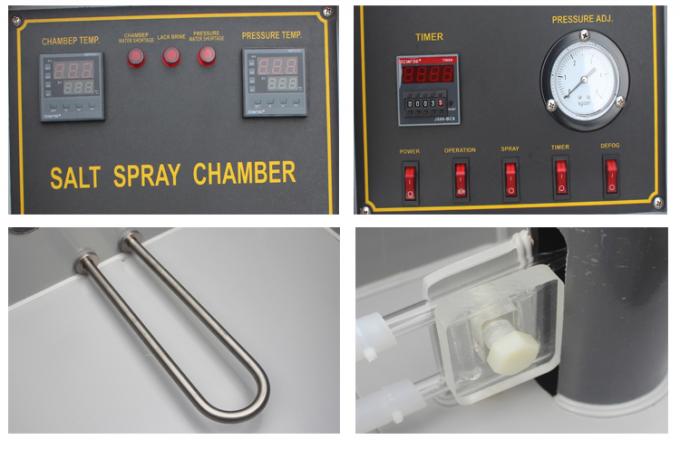- Qinsun Instruments Co., Ltd.
- Tell:+86-21-6780 0179
- Phone:+86-17740808215
- Address:No. 2578 Minhang District Gu Dai Road, Shanghai
- Contact:Mr. Li
- QQ:846490659
How to measure ultrasound

1、 General measurement methods:
1. (1) Use a probe to measure the thickness twice at a certain point. During the two measurements, the dividing surfaces of the probe should be 90 ° to each other, and the smaller value is taken as the thickness value of the measured workpiece. (2) 30mm multi-point measurement method: When the measurement value is unstable, take a measurement point as the center and measure it at a diameter of approximately φ Multiple measurements are taken within a 30mm circle, and the minimum value is taken as the thickness value of the measured workpiece.
2. Precision measurement method: Increase the number of measurements around the specified measurement points, and represent the thickness change with an equal thickness line.
3. Continuous measurement method: Use single point measurement method to continuously measure along the specified route, with intervals not exceeding 5mm.
4. Grid measurement method: Draw a grid in the designated area and record the thickness at each point. This method is widely used in corrosion monitoring of urea high-pressure equipment and stainless steel lining.
2、 Analysis of the causes of distortion in ultrasonic thickness measurement values:
In practical applications, especially in the monitoring of in-service equipment, if there is distortion in the displayed values and deviation from the actual thickness, it can lead to hidden dangers in pipelines (equipment), which is the replacement of pipe fittings based on incorrect data, resulting in a large amount of material waste. Based on the tracking and usage of ultrasonic thickness measurement in our company over the years, the distortion phenomenon and its causes are analyzed as follows:
1. Analysis of the reasons for the lack of display or unstable flickering of display values: This phenomenon often occurs in on-site equipment and pipeline inspections. After a large amount of phenomenon and data analysis, the reasons are summarized as follows:
(1) The surface roughness of the workpiece is too large, resulting in poor coupling effect between the probe and the contact surface, low reflection echoes, and even inability to receive echo signals. Most of the in-service equipment and pipelines have surface rust, resulting in poor coupling effect.
(2) The curvature radius of the workpiece is too small, especially when measuring thickness with small diameter pipes. Due to the commonly used probe surface being a plane and contact with the curved surface being point or line contact, the sound intensity transmission rate is low (poor coupling).
(3) The detection surface is not parallel to the bottom surface, and the sound wave scatters when it encounters the bottom surface, making the probe unable to receive the bottom wave signal.
(4) Castings and austenitic steels, due to uneven microstructure or coarse grain size, experience severe scattering attenuation when ultrasonic waves pass through them. The scattered ultrasonic waves propagate along complex paths, which may cause the echoes to be annihilated and not displayed.
(5) There is some wear on the contact surface of the probe. The surface of commonly used thickness measuring probes is made of acrylic resin. Long term use can cause an increase in surface roughness, leading to a decrease in sensitivity and resulting in no display or flickering.
(6) There are numerous corrosion pits on the back of the tested object. Due to rust spots and corrosion pits on the other side of the tested object, the sound wave attenuation is caused, resulting in irregular changes in readings, and in extreme cases, even no readings.
2. Analysis of Reasons for Excessive or Insufficient Indications In actual testing work, it is often encountered that the thickness gauge reading is significantly larger or smaller than the design value (or expected value). The reasons for this are as follows:
When there is sediment inside the measured object (such as a pipeline), and the difference in acoustic impedance between the sediment and the workpiece is not significant, the thickness gauge displays the value of wall thickness plus sediment thickness. (2) When there are defects inside the material (such as inclusions, interlayers, etc.), the displayed value is about 70% of the nominal thickness (at this time, further defect detection should be carried out using an ultrasonic flaw detector).





